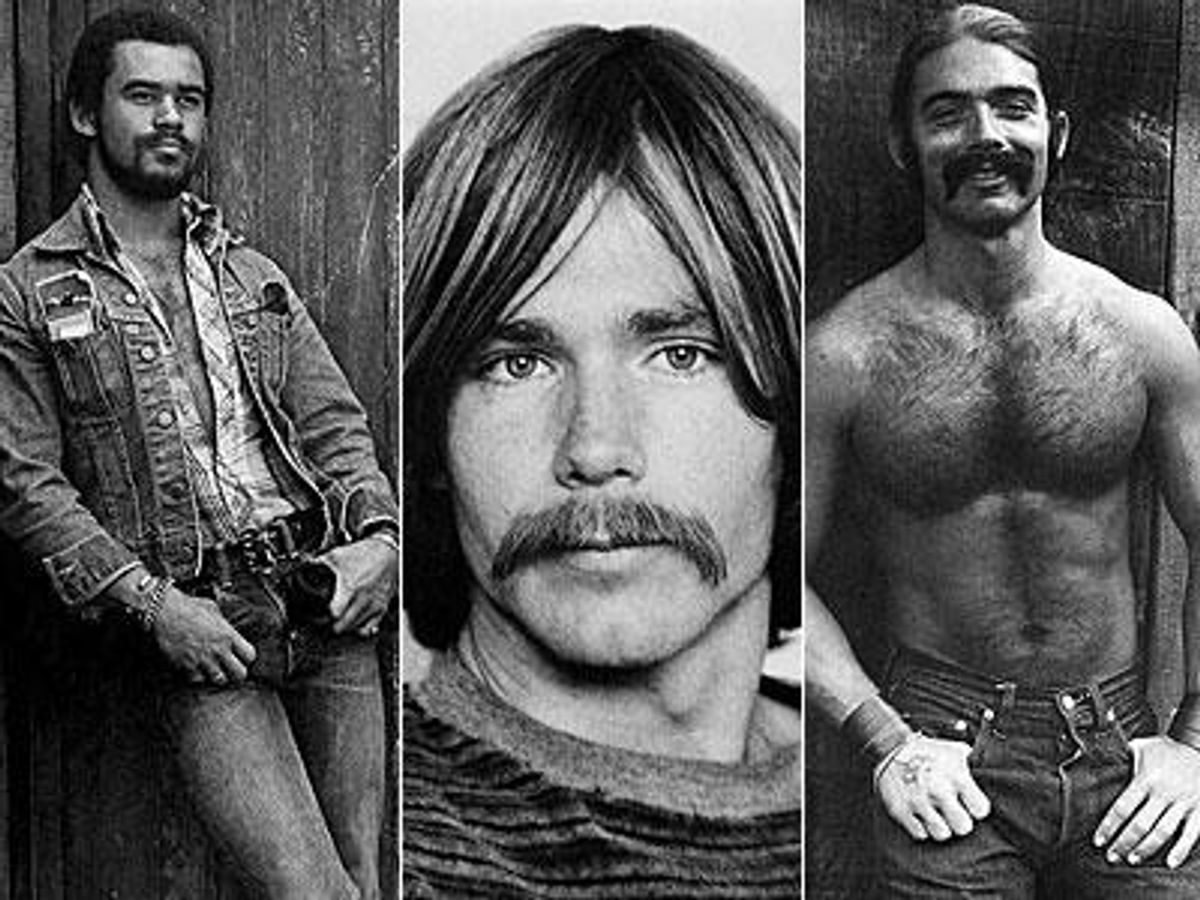
Crawford Barton's book Beautiful Men captured the great gay golden age in San Francisco right before it all changed.
October 05 2013 4:00 AM EST
November 17 2015 5:28 AM EST
xtyfr
By continuing to use our site, you agree to our Private Policy and Terms of Use.

Crawford Barton's book Beautiful Men captured the great gay golden age in San Francisco right before it all changed.

Pictured at left: Crawford Barton.
Barton documented some of the first Pride parades, photographed Harvey Milk campaigning, and he captured gay city life as no other photographer had done before. His work appeared in The Advocate, the Bay Area Reporter, The Examiner, Newsday, and the Los Angeles Times.
In 1974 the M.H. de Young Memorial museum featured Barton's prints in an exhibit called "New Photography, San Francisco and the Bay Area." Barton started his own photography business with a resale license in 1973, under the name Arts Unlimited. The business operated through 1978, but was never a profitable endeavor. However, a book of Barton's prints titled Beautiful Men was published in 1976 by Liberation Publications (then owner of The Advocate), with a second edition published in 1978. Barton's prints were also used to illustrate Look Back in Joy (1990) by Malcom Boyd. Crawford Barton, Days of Hope, a book of Barton's prints covering the years between the Stonewall riots and the onset of the AIDS epidemic, was published posthumously in 1994. Barton moved away from photography in the early 1980s and devoted his artistic energies to writing. He continued to show his photographs, but did not produce new work at the pace he did in the 1970s. During the 1980s Barton completed his epic novel, Castro Street, and a book of poetry, One More Sweet Smile, but neither was published.
By the early 1980s this period was over. San Francisco and the gay community were devastated by the onset of the AIDS epidemic. Barton's lover of 22 years, Larry Lara, died of complications from AIDS before Barton himself succumbed at the age of 50 in 1993.
The GLBT Historical Society, an archives, research center and museum in San Francisco, holds the complete personal and professional papers and studio archives of Crawford Barton; in addition, the society owns the copyrights to Barton's work, which were transferred to the institution by the Barton estate.
Barton's photographs still stand as emblematic images of the period, and were used in the films Milk and We Were Here.
Sources: The GLBT Historical Society, San Francisco; Wikipedia, and reviews-and-ramblings.dreamwidth.org
Courtesy of the Gay, Lesbian, Bisexual, Transgender Historical Society. (c) All rights reserved. These photographs cannot be reproduced without express written permission of the GLBT Historical Society
For more of Beautiful Men, see the following pages. >>>
Courtesy of the Gay, Lesbian, Bisexual, Transgender Historical Society. (c) All rights reserved. This photograph cannot be reproduced without express written permission of the GLBT Historical Society
Courtesy of the Gay, Lesbian, Bisexual, Transgender Historical Society. (c) All rights reserved. This photograph cannot be reproduced without express written permission of the GLBT Historical Society
Courtesy of the Gay, Lesbian, Bisexual, Transgender Historical Society. (c) All rights reserved. This photograph cannot be reproduced without express written permission of the GLBT Historical Society
Courtesy of the Gay, Lesbian, Bisexual, Transgender Historical Society. (c) All rights reserved. This photograph cannot be reproduced without express written permission of the GLBT Historical Society
Courtesy of the Gay, Lesbian, Bisexual, Transgender Historical Society. (c) All rights reserved. This photograph cannot be reproduced without express written permission of the GLBT Historical Society
Courtesy of the Gay, Lesbian, Bisexual, Transgender Historical Society. (c) All rights reserved. This photograph cannot be reproduced without express written permission of the GLBT Historical Society
Courtesy of the Gay, Lesbian, Bisexual, Transgender Historical Society. (c) All rights reserved. This photograph cannot be reproduced without express written permission of the GLBT Historical Society
Courtesy of the Gay, Lesbian, Bisexual, Transgender Historical Society. (c) All rights reserved. This photograph cannot be reproduced without express written permission of the GLBT Historical Society
Courtesy of the Gay, Lesbian, Bisexual, Transgender Historical Society. (c) All rights reserved. This photograph cannot be reproduced without express written permission of the GLBT Historical Society
Courtesy of the Gay, Lesbian, Bisexual, Transgender Historical Society. (c) All rights reserved. This photograph cannot be reproduced without express written permission of the GLBT Historical Society
Courtesy of the Gay, Lesbian, Bisexual, Transgender Historical Society. (c) All rights reserved. This photograph cannot be reproduced without express written permission of the GLBT Historical Society

Courtesy of the Gay, Lesbian, Bisexual, Transgender Historical Society. (c) All rights reserved. This photograph cannot be reproduced without express written permission of the GLBT Historical Society

Courtesy of the Gay, Lesbian, Bisexual, Transgender Historical Society. (c) All rights reserved. This photograph cannot be reproduced without express written permission of the GLBT Historical Society

Courtesy of the Gay, Lesbian, Bisexual, Transgender Historical Society. (c) All rights reserved. This photograph cannot be reproduced without express written permission of the GLBT Historical Society